By Mason B. Webb
Between 1939 and 1945, over 72,000 Allied sailors, Navy airmen, and merchant seamen lost their lives in the Atlantic Ocean while attempting to deliver the food, weapons, and other supplies desperately needed by Britain and the Soviet Union in their titanic struggle against Nazi Germany.
As bad as it was for the Allies, the Germans fared even worse. Fully 80 percent of the U-boat crewmen did not survive the war, the highest casualty rate of any branch of the military on either side.
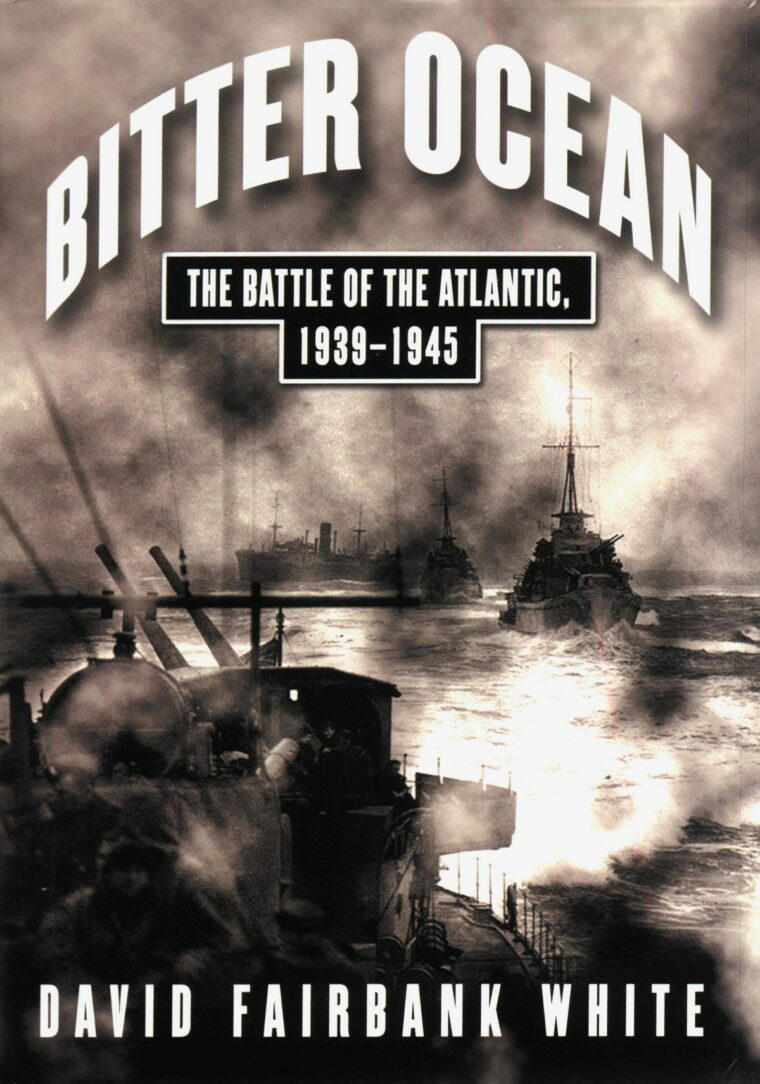 Bitterly contested and nearly lost, the Allies’ monumental battle for control of the Atlantic shipping lanes has been largely overlooked—until now. David Fairbank White’s masterfully researched and exquisitely written Bitter Ocean: The Battle of the Atlantic, 1939-1945 (Simon & Schuster, New York, 2006, 350 pp., photographs, maps, bibliography, index, $26.00, hardcover) shines a very bright spotlight on this essential struggle in the North Atlantic, bringing into sharp focus the enormity of the battle and the sacrifices made by both friend and foe.
Bitterly contested and nearly lost, the Allies’ monumental battle for control of the Atlantic shipping lanes has been largely overlooked—until now. David Fairbank White’s masterfully researched and exquisitely written Bitter Ocean: The Battle of the Atlantic, 1939-1945 (Simon & Schuster, New York, 2006, 350 pp., photographs, maps, bibliography, index, $26.00, hardcover) shines a very bright spotlight on this essential struggle in the North Atlantic, bringing into sharp focus the enormity of the battle and the sacrifices made by both friend and foe.
White perfectly captures the grim years of 1940-1942 when Admiral Karl Dönitz’s U-boat wolfpacks decimated the floating lifeline, sinking ships faster than Allied shipyards could replace them. White also describes the Allies’ technological breakthroughs, such as improved radar, machines that cracked the German naval code, and long-range bombers—breakthroughs that turned the hunters into the hunted, victims into victors, and began to turn the tide of battle in the Allies’ favor in 1943.
Drawing on a vast treasury of memoirs and official records, as well as compelling interviews with German, British, and American veterans of this campaign, White takes the reader aboard ship and beneath the waves as he reconstructs this epic clash. One can almost smell the fear, the sweat, and the diesel fuel as he presents one heart-pounding clash after another.
White, a maritime journalist and former New York Times reporter, writes with a clear and fluid style. A passage describing the loss of the crippled submarine U-99 will suffice: “One by one, holding on to each other, the crewmen of U-99 jumped into the icy waters and began swimming for HMS Walker … With [Midshipman Volkmar] König and the others swimming across the distance between U-99 and Walker, [Otto] Kretschmer [U-99’s skipper] suddenly realized that the submarine was still afloat and could be captured. At once, he told the chief engineer to go back and open valves so the sub would fill with water and sink. The chief engineer swam back, got into the sub, opened the valves, and U-99 began to slowly settle by the stern, then plunged below. The chief engineer was never seen again. ‘This must have haunted Kretschmer all his life,’” says König.
It is well to remember that, without victory on the high seas, the Allied invasion of the European continent in 1944 might never have happened. This book will help everyone understand the courage and sacrifices behind the eventual Allied victory.
Bitter Ocean is White’s first nonfiction book. If future works are half as good as this one, he definitely will be a writer worth watching.
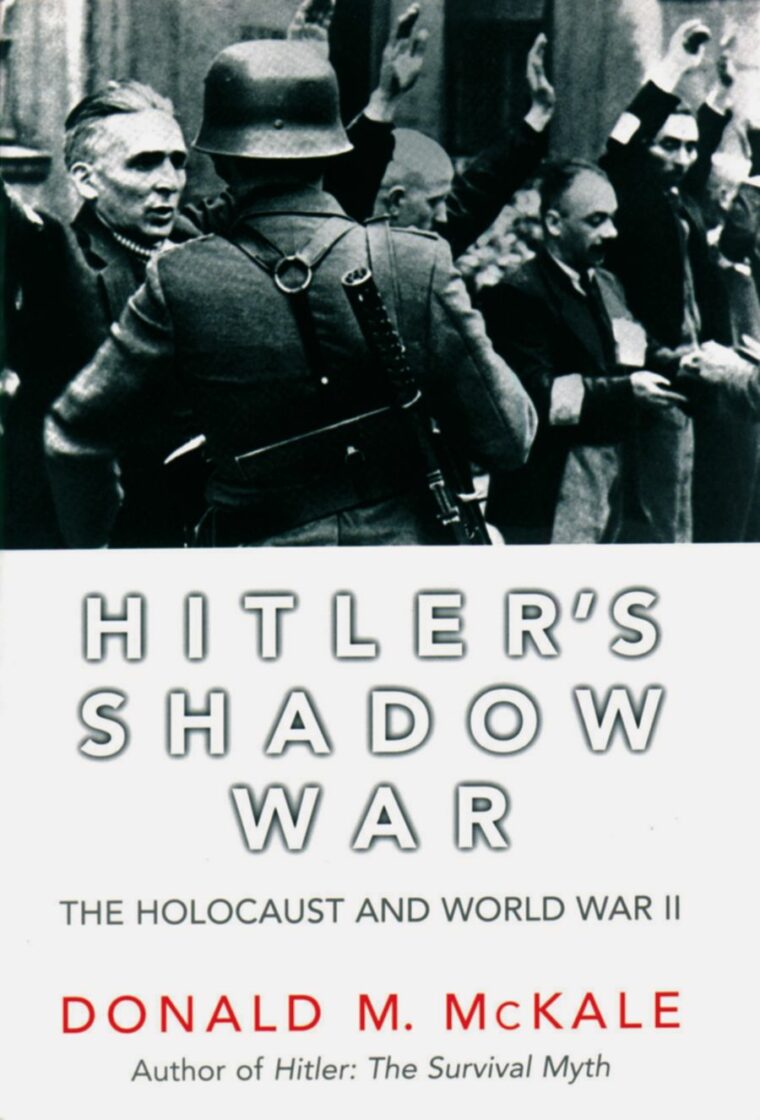 Hitler’s Shadow War: The Holocaust and World War II, by Donald M. McCale, Taylor Trade Publishing, New York, 2006, 557 pp., photographs, maps, bibliography, index, $26.00, softcover (reprint).
Hitler’s Shadow War: The Holocaust and World War II, by Donald M. McCale, Taylor Trade Publishing, New York, 2006, 557 pp., photographs, maps, bibliography, index, $26.00, softcover (reprint).
When Hitler’s Shadow War first appeared in hardcover in 2002, it created a storm of controversy because its thesis was that Hitler did not start his war of conquest for his oft-stated desire to acquire lebensraum, or living space, for a growing German population, but rather as a smokescreen for his bloodlust against Europe’s Jews.
In page after page, McCale, a professor of history at Clemson University, carefully deconstructs the popular myths of Hitler’s motives and reconstructs history in light of his theory—a theory that makes absolute sense.
The Holocaust is often examined apart from, or considered one aspect of, World War II. In reality, according to McCale, what seems on the face to be Hitler’s quest to expand Germany and a simultaneous mission to “ethnically cleanse” Europe was actually a well-planned and systematic expansion that was a cover for the evil strategy of eliminating the non-Aryans.
As McCale writes, “Hitler and his Nazi associates used the war in Europe, with its massive violence, as a cover or camouflage for the real war they meant to fight. This was a ‘shadow war’ in which they would eliminate millions of Jews—a people whom the Nazis hated more than anyone or anything else—in Eurasia and eventually elsewhere in the world…. Indeed, once they implemented the Holocaust, the Germans utilized huge resources—human, physical, and technological—to carry out the ‘war against the Jews’ that could have been channeled to fighting the military war against the Western Allies and the Soviet Union.”
After reading McKale’s logical and compelling work, one will never be able to view World War II in quite the same way again. This is a hugely important book, one that should be required reading everywhere.
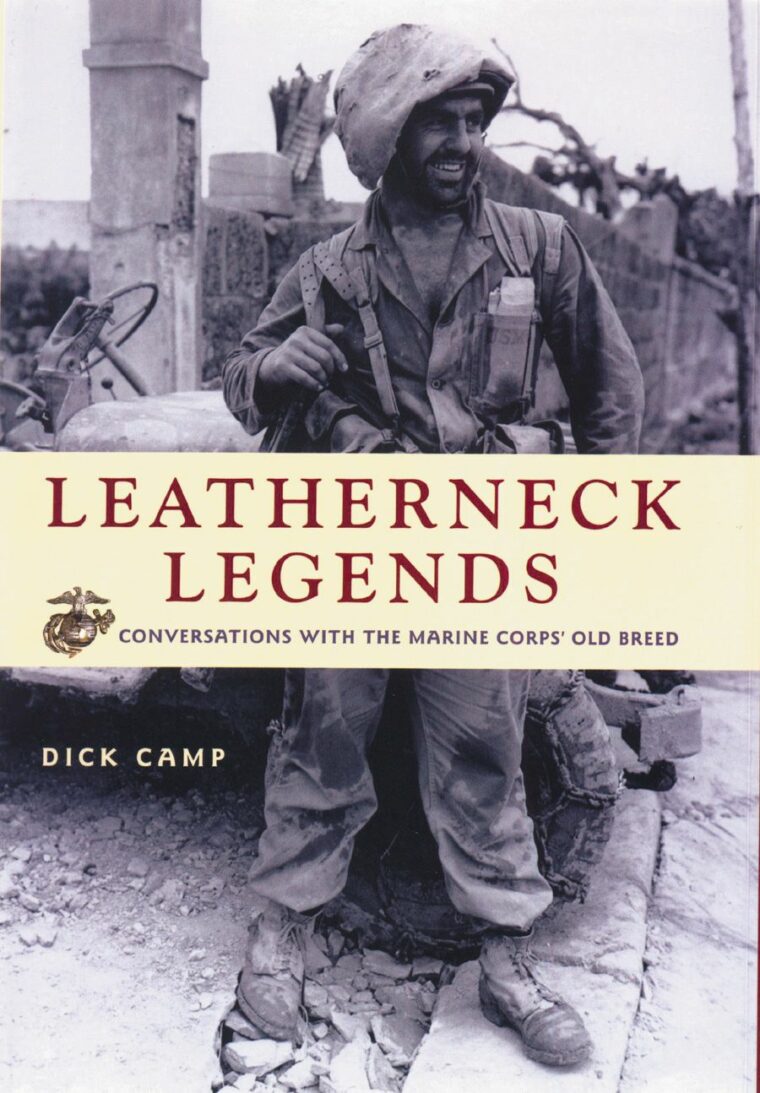 NEW AND NOTEWORTHY
NEW AND NOTEWORTHY
Leatherneck Legends: Conversations with the Marine Corps’ Old Breed by Dick Camp, Zenith Press, St. Paul, Minn., 2006, 320 pp., photographs, bibliography, index, $24.95, hardcover.
Imagine sitting down in a bar or a room somewhere with a bunch of crusty old Marine combat veterans and spending a few hours listening to them spin their war stories, answering every question that might pop into your head.
That is what reading Leatherneck Legends is like. Author and retired Marine Corps colonel Dick Camp has done a masterful job of weaving historical narration with a large number of oral histories and memoirs from former Corps commandants, division commanders, Medal of Honor recipients, and four-star generals.
Camp takes the reader along on a tour of duty that spans Marine Corps history from the Great War through Vietnam, presenting eyewitness accounts of what it was like to be on the front lines in some of the 20th century’s most harrowing battles and glorious triumphs. Page after page is filled with stories of bravery, honor, and sacrifice.
During a lull in the fighting, Craig said, “Vehicle traffic had churned through the mud and unearthed several Japanese dead. I will always remember one huge-looking Jap who was sitting right up in the mud with his face turned our way. Early the next morning, my orderly brought me a helmet with water in [it] to wash by. I splashed the water on my face and immediately smelled the terrific odor of dead Jap. He had dipped the water from a pool full of dead Japanese without knowing it.”
Camp is the author of Lima-6, his memoir as a Marine infantry company commander at the brutal battle of Khe Sanh. He is currently the Deputy Director of History for the Marine Corps Association.
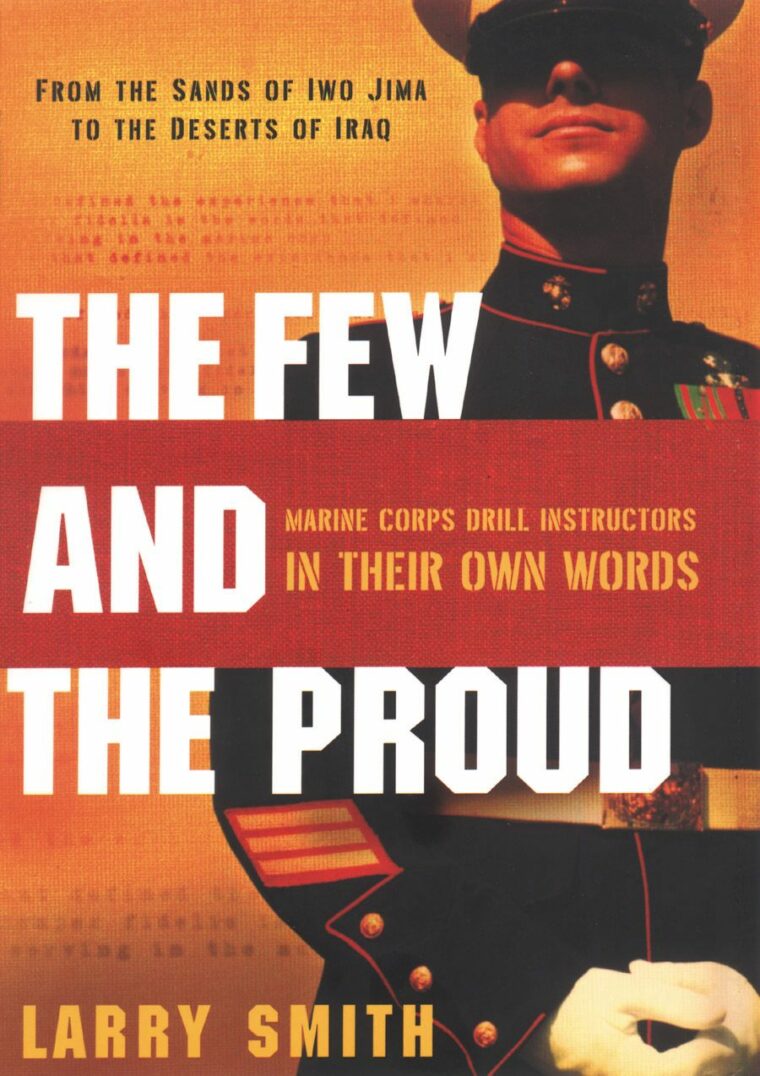 The Few and the Proud: Marine Corps Drill Instructors in Their Own Words by Larry Smith, W.W. Norton, New York, 2006, 324 pp., photographs, $24.95, hardcover.
The Few and the Proud: Marine Corps Drill Instructors in Their Own Words by Larry Smith, W.W. Norton, New York, 2006, 324 pp., photographs, $24.95, hardcover.
The Marines are often regarded as America’s toughest fighting force, but who made them that way? The Marine Corps drill instructors, that’s who.
Larry Smith has done an exemplary job of showing exactly what makes the men (and women, too) who make the Marines—their mental and physical toughness, their uncompromising standards, their self-discipline, and their unflinching devotion to duty, honor, country, and Corps.
From the sands of Iwo Jima to the deserts of Iraq, Smith introduces the reader to a fine and fearsome sampling of D.I.s, including the legendary R. Lee Ermey (he of the History Channel’s “Mail Call” program and star of Stanley Kubrick’s Full Metal Jacket), as they talk about the D.I.s who stuck in their minds when they were boots and taught them lessons that helped them survive the crucible of combat—lessons that stayed with them all their lives.
While only a portion of the book touches upon World War II, Smith shows how the traditions of the Corps and boot camp have been passed down from one generation of Marines to another.
Old leathernecks may be dismayed to learn that in some ways the Marine Corps has changed with the times. Platoon runs are usually conducted wearing sneakers instead of boondockers, and Skin So Soft is recommended for keeping Parris Island’s notorious sand fleas away. Most everything else, however, is pure, by-the-book, old-fashioned Marine Corps.
As one of the former D.I.s says, “When I was a D.I., we really relied on stress. The idea was that if they’re going to break under stress, break ‘em in boot camp instead of in a combat situation. Boot camp today I think is physically tougher than it used to be. Everything’s PT, PT, PT, but it’s not as mentally tough, and I personally like the old school a little better, with the emphasis on mental stress, harassment, little stupid things that made no sense.”
Anyone who has ever gone through Marine boot camp will remember the terror and awe their D.I. instilled in them. This book will be enough to bring those moments rushing back. A definite must read.
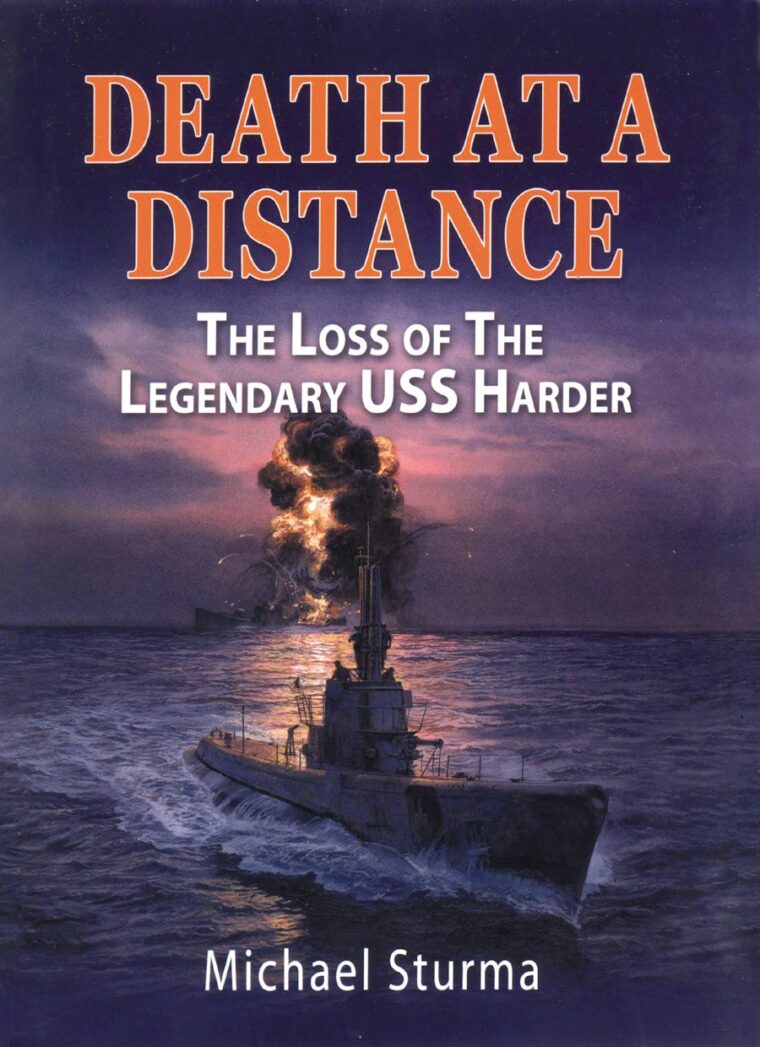 Death at a Distance: The Loss of the Legendary USS Harder by Michael Sturma, Naval Institute Press, Annapolis, Md., 2006, 246 pp., photographs, bibliography, index, $29.95, hardcover.
Death at a Distance: The Loss of the Legendary USS Harder by Michael Sturma, Naval Institute Press, Annapolis, Md., 2006, 246 pp., photographs, bibliography, index, $29.95, hardcover.
The commander and crew of the USS Harder receive their due in this outstanding new book about the sub and the war in the Pacific by Australian history professor Michael Sturma.
During her five war patrols, Harder sank 16 Japanese ships with a tonnage in excess of 54,000, making the boat’s skipper, Lt. Cmdr. Sam Dealey, one of the U.S. Navy’s top five submarine commanders. On one patrol, Dealey and Harder’s crew were credited with sinking five Japanese destroyers—dangerous, depth-charge-laden targets that many commanders avoided. No other American sub sank so many destroyers.
Drawing on previously untapped sources, Sturma details several daring missions and places one boat’s deeds in the wider context of the Pacific conflict, such as Harder’s rescue of a group of Australian coastwatchers—an invaluable source of intelligence—before they could be captured by the ruthless enemy.
The ending of the story is a heroic tragedy. Sam Dealey and the entire 78-man crew were lost when Harder was depth-charged into oblivion on August 24, 1944. The sub received the Presidential Unit Citation and Dealey was awarded the Medal of Honor, posthumously—one of only seven Medals of Honor awarded to members of the Silent Service.
Death at a Distance is a loving tribute to a gallant submarine and her heroic skipper and crew.
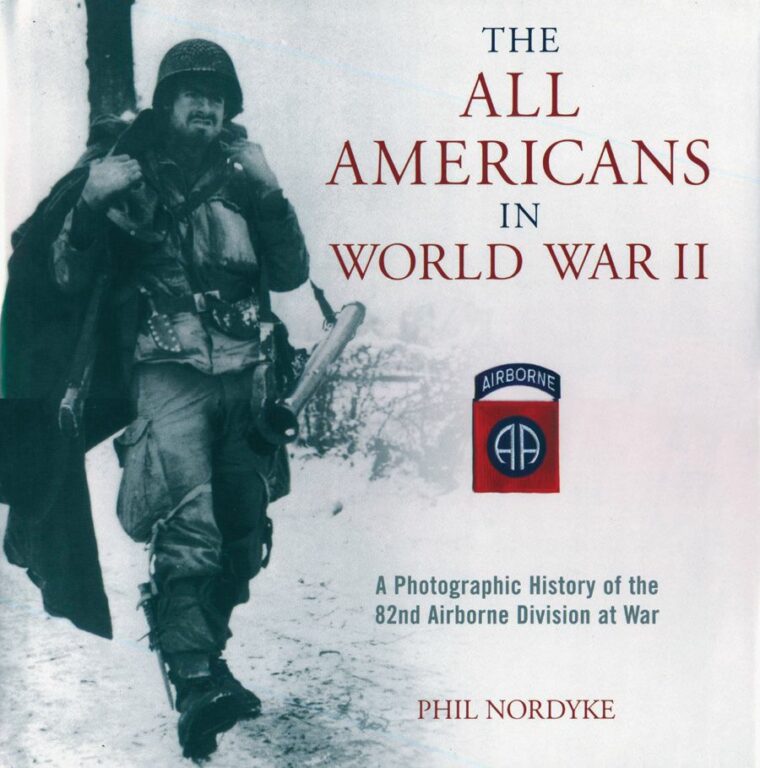 The All Americans in World War II: A Photographic History of the 82nd Airborne Division at War by Phil Nordyke, Zenith Press, St. Paul, Minn., 2006, 196 pp., photographs, maps, index, $34.95, hardcover.
The All Americans in World War II: A Photographic History of the 82nd Airborne Division at War by Phil Nordyke, Zenith Press, St. Paul, Minn., 2006, 196 pp., photographs, maps, index, $34.95, hardcover.
Following on the heels of his superb first book, All American All the Way: The Combat History of the 82nd Airborne Division in World War II, Nordyke has compiled what must be close to every photograph ever taken of the 82nd and assembled them into this handsome, oversized volume.
If it is true that a picture is worth a thousand words, then The All Americans in World War II is one of the wordiest volumes yet. The author gives us only a concise page of narrative text per chapter (there are 36 chapters), leaving the 365 photographs and 30 detailed maps and their instructive captions to carry the rest of the story.
And what a story it is! Nordyke takes the reader from the 82nd’s early training at Ft. Benning, Georgia, to its deployment to Morocco, then Tunisia, in preparation for its first combat jump—Operation Husky, the invasion of Sicily. Chapter 4 covers the 82nd’s disastrous jump over Sicily, where nervous American gunners mistook the troopers for Germans and blasted the sky with antiaircraft fire, downing 23 planes and causing heavy casualties.
Recovering from the friendly fire incident, the 82nd managed to regroup and carry out its assigned mission. Nordyke also details, through words and pictures, the division’s less than successful role in the Allied invasion of Italy at Salerno. In the winter of 1943, the 82nd, with the exception of the 504th RCT, which remained in Italy and took part in the Anzio landings, headed to Northern Ireland to begin preparations for the Normandy invasion.
Several chapters deal with the Normandy operation, especially the jump into Ste. Mere-Eglise. The book goes on to document the 82nd’s operations in France, the courageous parachute drop and fight to capture the bridge at Nijmegen during Operation Market Garden, and the tough struggle against the Germans and the elements during the Battle of the Bulge.
Anyone with the slightest interest in the airborne will want to own this handsome volume.
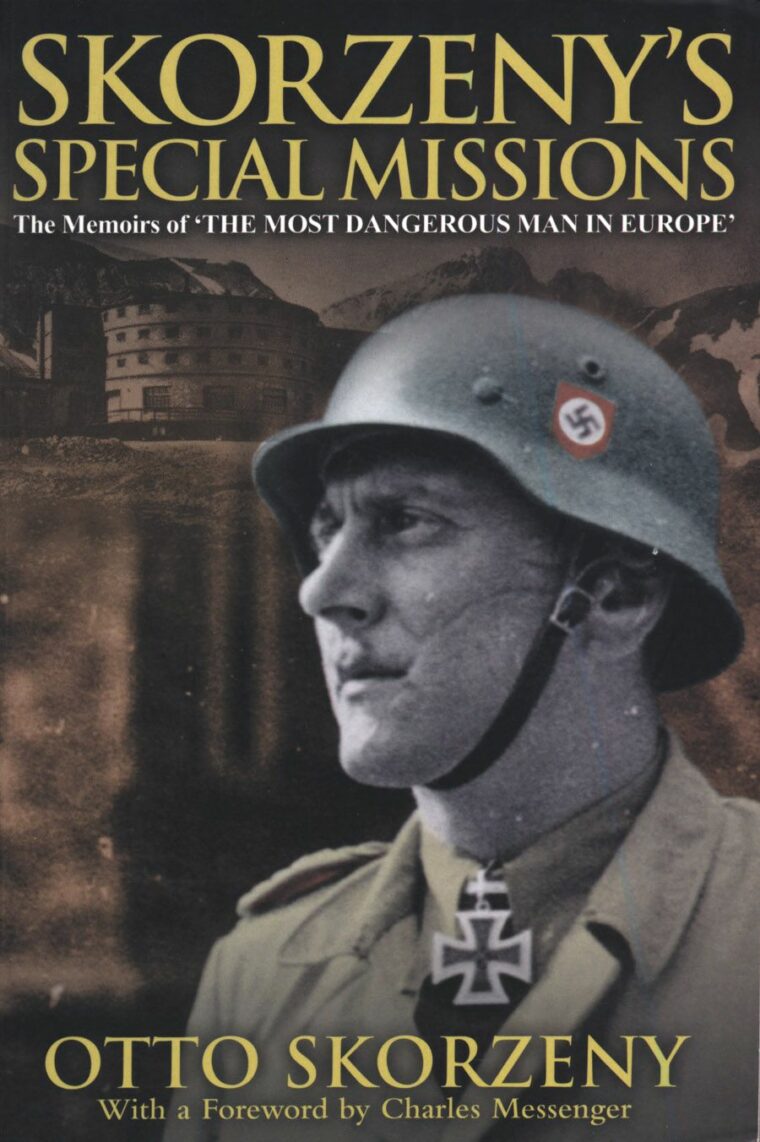 Skorzeny’s Special Missions: The Memoirs of “The Most Dangerous Man in Europe” by Otto Skorzeny, Greenhill Books, London, 1957 (reprint 2006), 224 pp., $14.95, softcover.
Skorzeny’s Special Missions: The Memoirs of “The Most Dangerous Man in Europe” by Otto Skorzeny, Greenhill Books, London, 1957 (reprint 2006), 224 pp., $14.95, softcover.
A gifted and dedicated student of special operations, Otto Skorzeny, Germany’s top commando, carved out an extraordinary wartime legacy by doing the impossible.
When Benito Mussolini was imprisoned in Italy in 1943, it was Skorzeny who successfully planned and executed the daring glider rescue, winning the Knight’s Cross and promotion as his reward. Hitler again relied upon Skorzeny’s talents in 1944 when he was sent into Budapest to prevent the Hungarian regent from signing a separate peace treaty with Stalin, an action for which he was awarded the German Cross in Gold.
It was also his idea to dress German troops in American uniforms and have them drive U.S. vehicles through Allied lines during the Battle of the Bulge. His captured colleagues also spread false rumors that Skorzeny was planning to kill General Dwight D. Eisenhower—rumors that kept the supreme commander confined to his headquarters for weeks. As the Third Reich crumbled, Skorzeny was also rumored to have smuggled Hitler out of Berlin.
At the end of the war, Skorzeny was captured by the Americans, interrogated, and stood trial as a war criminal.
Skorzeny’s amazing wartime career was one of high risk and adventure, and he tells it all in this compelling reprint of his 1957 autobiography. Was Otto Skorzeny an audacious military hero or a war criminal? The answer is left for the reader to decide.
Short Bursts
 109 East Palace: Robert Oppenheimer and the Secret City of Los Alamos by Jennet Conant, Simon & Schuster, New York, 2006, photographs, bibliography, index, 425 pp., $14.00, softcover.
109 East Palace: Robert Oppenheimer and the Secret City of Los Alamos by Jennet Conant, Simon & Schuster, New York, 2006, photographs, bibliography, index, 425 pp., $14.00, softcover.
Several books provide behind- the-scenes accounts of the development of the atomic bomb, but few touch on the personal aspects of the 5,000-person secret community in New Mexico the way 109 East Palace does.
Jennet Conant’s prodigious writing skills transport us back to the Los Alamos compound of the 1940s where the super-secret weapon was being developed. The central figure of the book is the brilliant but flawed physicist J. Robert Oppenheimer, an inspiring leader who motivated all those involved in developing a bomb of unspeakable destructive power.
Conant tells her tale through the eyes of a young Santa Fe widow, Dorothy McKibbin, one of Oppenheimer’s first recruits, who acted as the “gatekeeper” for the project, working out of a nondescript office at 109 East Palace Avenue. She was the head of the Santa Fe office, the only reliable link between Los Alamos and the outside world. In her position, McKibbin knew everyone involved in the project and virtually everything about it except what the scientists were working on—a secret she eventually guessed.
Conant brings a personal aspect to her book: her grandfather was one of the scientists who worked on the Manhattan Project.
Overall, this is a terrific book about a diverse group of people who put their petty concerns aside for the achievement of their mission: to create a weapon so powerful and horrible that it might make future wars unthinkable.
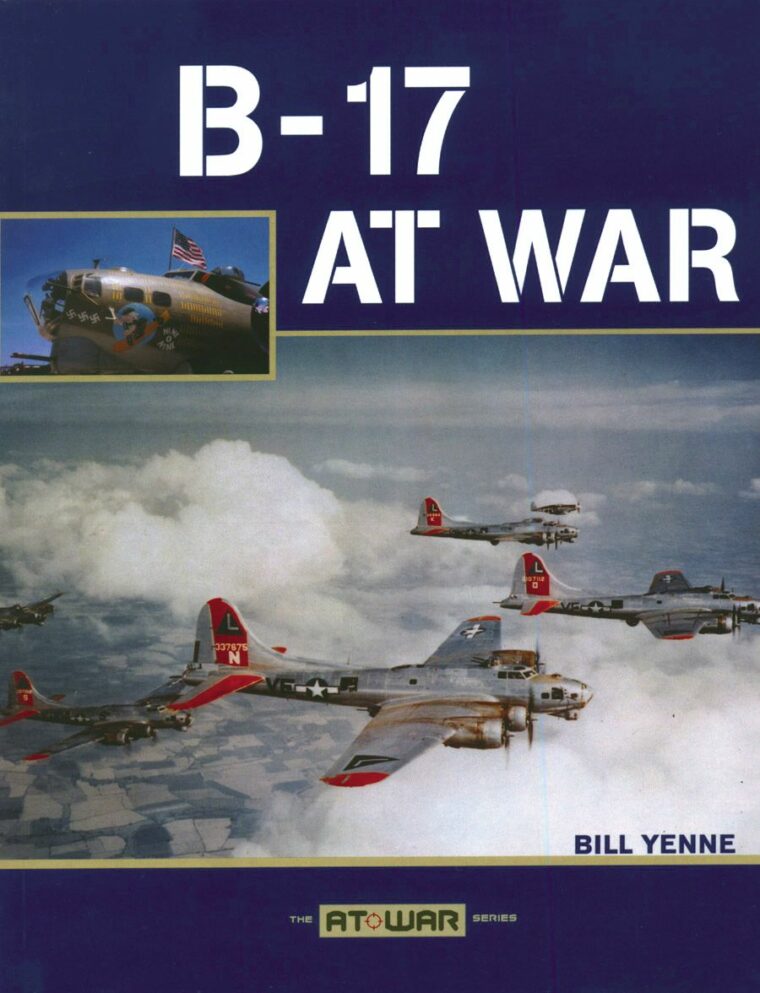 B-17 at War by Bill Yenne, Zenith Press, St. Paul, Minn., photographs, index, 128 pp., $19.95, softcover.
B-17 at War by Bill Yenne, Zenith Press, St. Paul, Minn., photographs, index, 128 pp., $19.95, softcover.
Regarded by many as one of the finest airplanes ever built, the Boeing B-17 and its many variants were the scourge of the skies over enemy territory. This new book pays homage to the sleek Flying Fortress.
Illustrated with over 100 photographs (many in color) and diagrams, B-17 at War takes readers from the cockpit to the tail-gun in one of the most formidable flying weapons ever devised. Known for its ability to absorb punishment and dish it out, the B-17 became a legend that few other warplanes have matched. Yenne takes a critical look at the bomber, its development, its strengths and weaknesses, the deployment of the different models, the combat missions, and the brave men who flew and serviced them.
B-17 at War is a source of unending pleasure to the Flying Fortress fan.
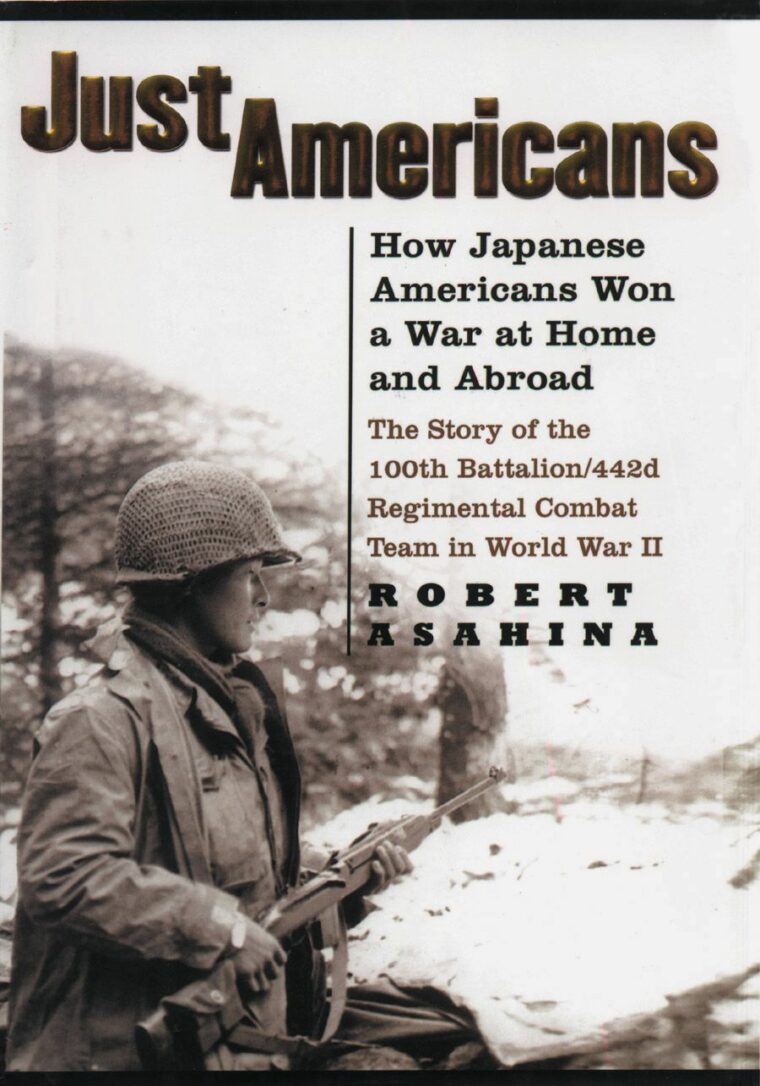 Just Americans: How Japanese Americans Won a War at Home and Abroad: The Story of the 100th Battalion/442nd Regimental Combat Team in World War II by Robert Asahina, Gotham/Penguin, New York, 2006, photographs, maps, bibliography, index, 340 pp., $27.50, hardcover.
Just Americans: How Japanese Americans Won a War at Home and Abroad: The Story of the 100th Battalion/442nd Regimental Combat Team in World War II by Robert Asahina, Gotham/Penguin, New York, 2006, photographs, maps, bibliography, index, 340 pp., $27.50, hardcover.
Suspected of being disloyal after Pearl Harbor, over 100,000 Japanese Americans had their very existence uprooted, losing their homes, businesses, and other property and being forcibly evacuated to relocation camps throughout the West, South, and Southwest. Incredibly, thousands of young men, eager to prove their fealty to the Stars and Stripes, enlisted in the armed services and went on to defend the country that had stripped them of their rights.
It has often been said that the 442nd Regimental Combat Team was the most decorated unit in the U.S. Army, and Robert Asahina’s new book uncovers the reasons why.
Of special focus are the battalion’s actions in October-November 1944, when it came to the rescue of the “lost battalion” of the 36th “Texas” Infantry Division in the Vosges Mountains along the border of France and Germany.
Through extensive archival research and interviews with veterans, Asahina paints a full portrait of the heroism that infused the 100th Battalion of the 442nd RCT and earned for them the deepest respect and admiration of their fellow soldiers.
The combat story is as compelling as the battle the soldiers were waging on the home front—a struggle that continues for minority groups today—over what it means to be an American.
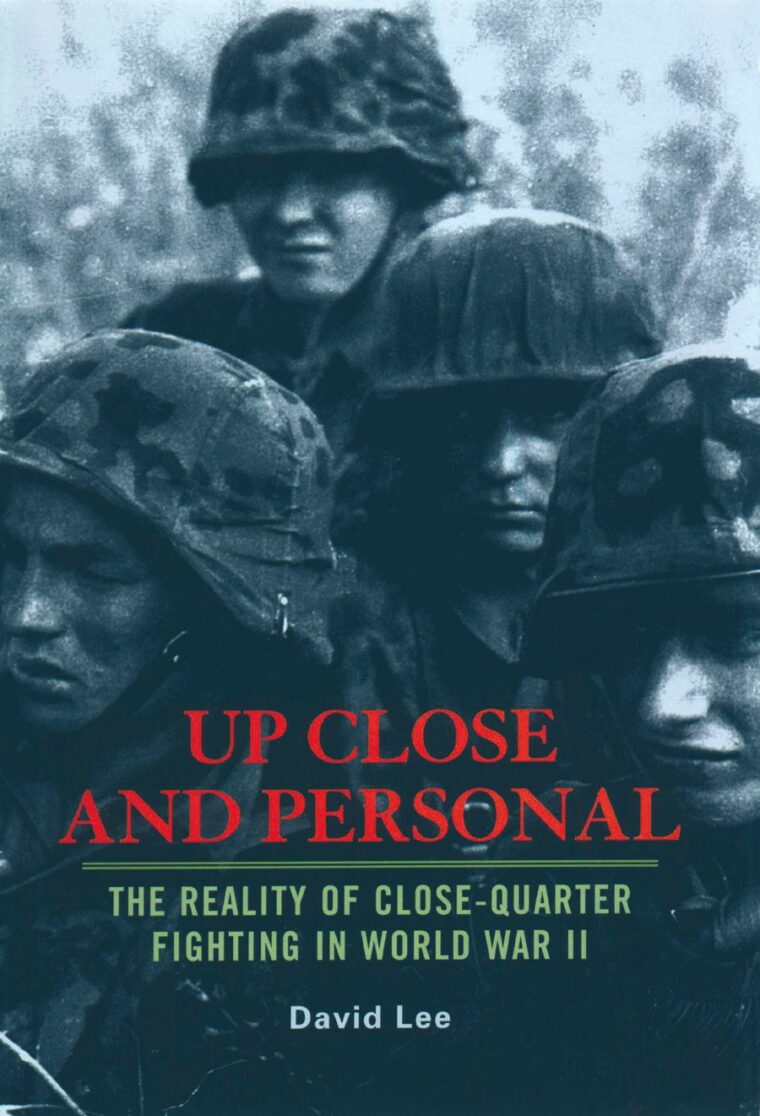 Up Close and Personal: The Reality of Close-Quarter Fighting in World War II by David Lee, Naval Institute Press, Annapolis, Md., 2006, photographs, maps, bibliography, index, $34.95, hardcover.
Up Close and Personal: The Reality of Close-Quarter Fighting in World War II by David Lee, Naval Institute Press, Annapolis, Md., 2006, photographs, maps, bibliography, index, $34.95, hardcover.
Comparable to John Ellis’s 1980 classic The Sharp End: The Fighting Man in World War II, British author David Lee uses first-person accounts to provide a gripping picture of what life on the front lines was really all about.
Using American, British, and German veterans’ accounts of battles in several theaters of war—North Africa, Italy, the Far East, Normandy—Lee weaves a fascinating tale of what it is to kill, or be killed, in close-quarter combat.
More than just a collection of war stories, however, Up Close and Personal also explores and analyzes the myriad psychological factors that go into the conditioning and training that turn a young man from gentle civilian into deadly adversary.
Up Close and Personal is a very personal look at the craft of the modern soldier and well worth exploring.
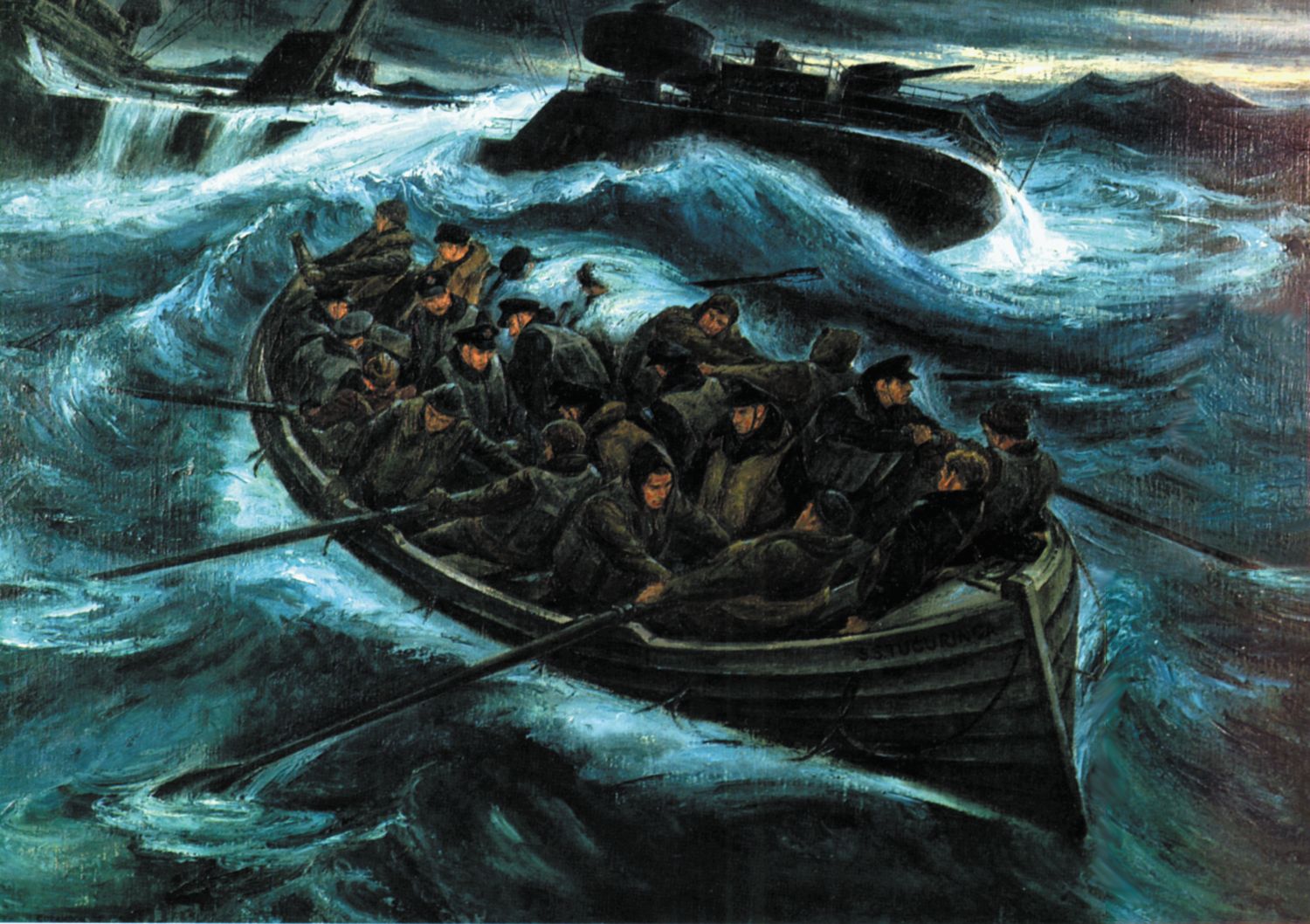
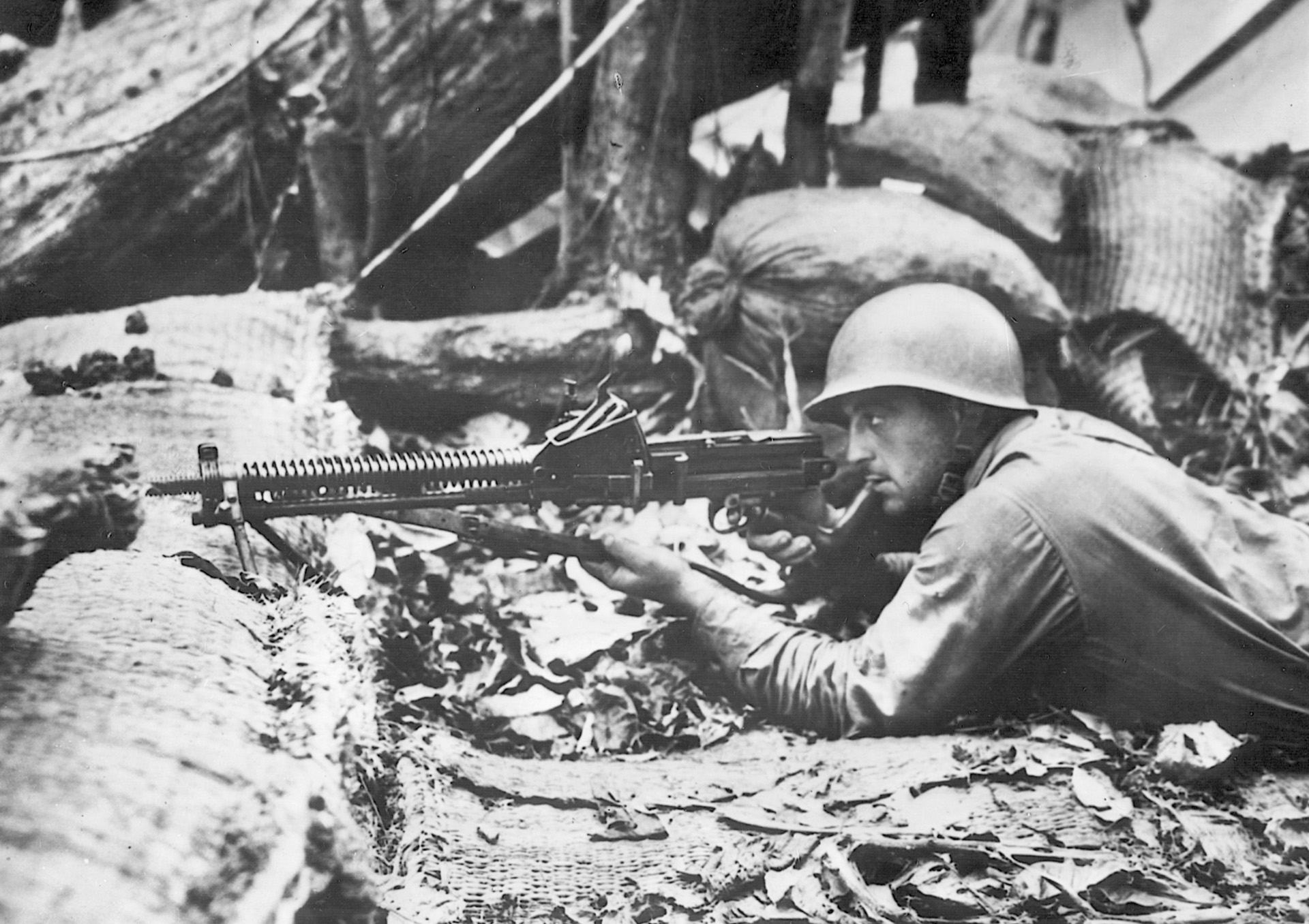

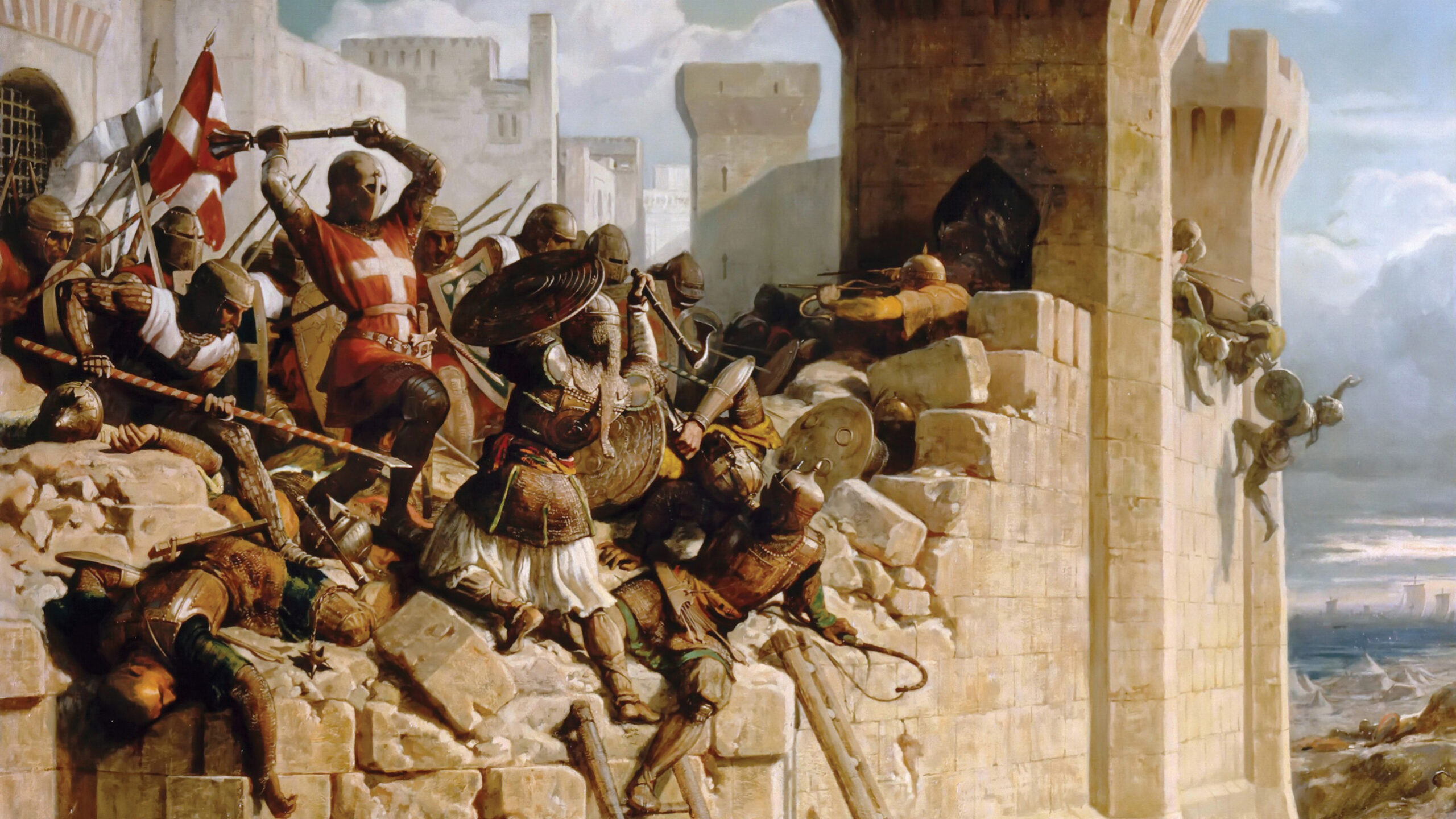
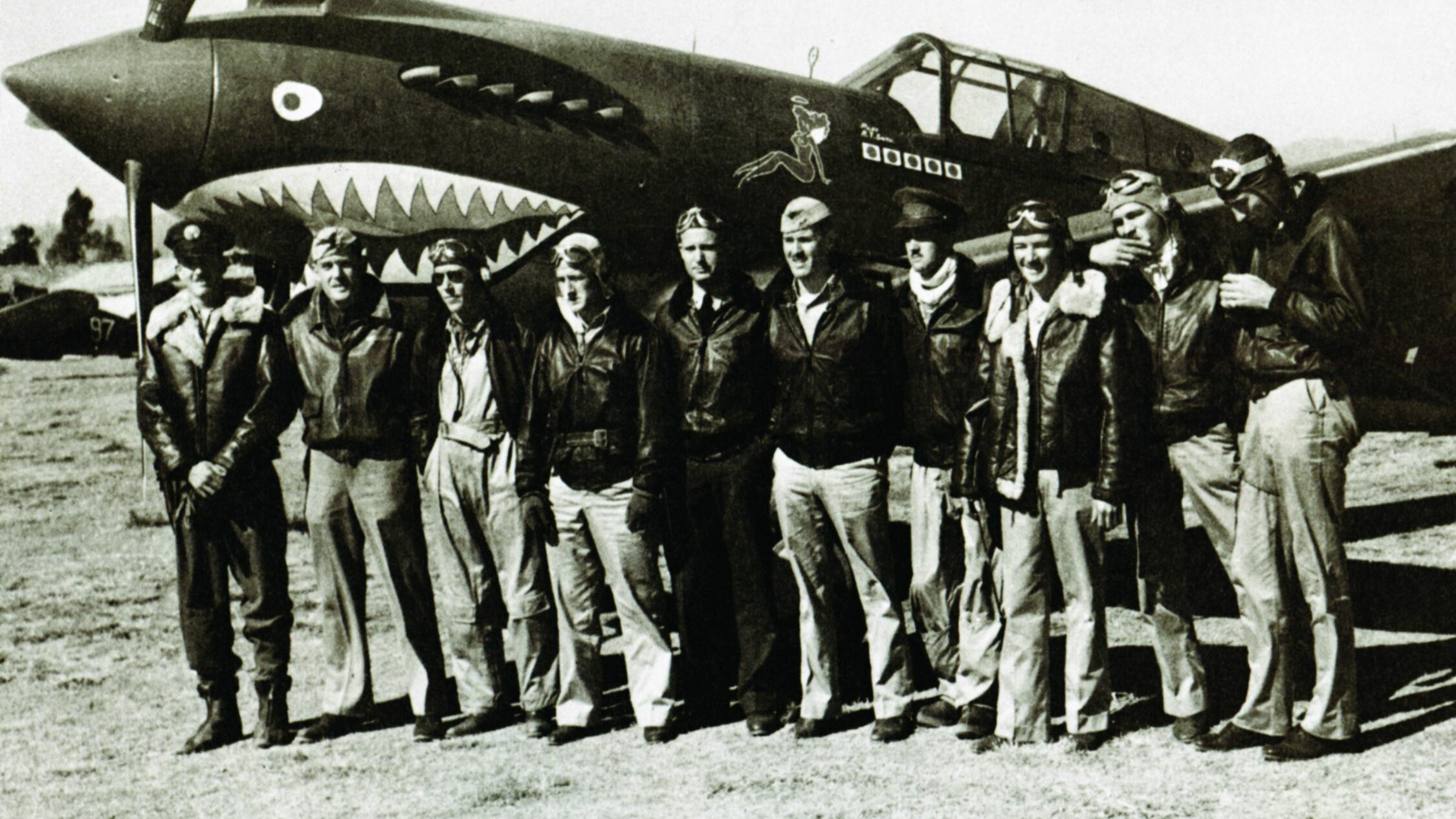
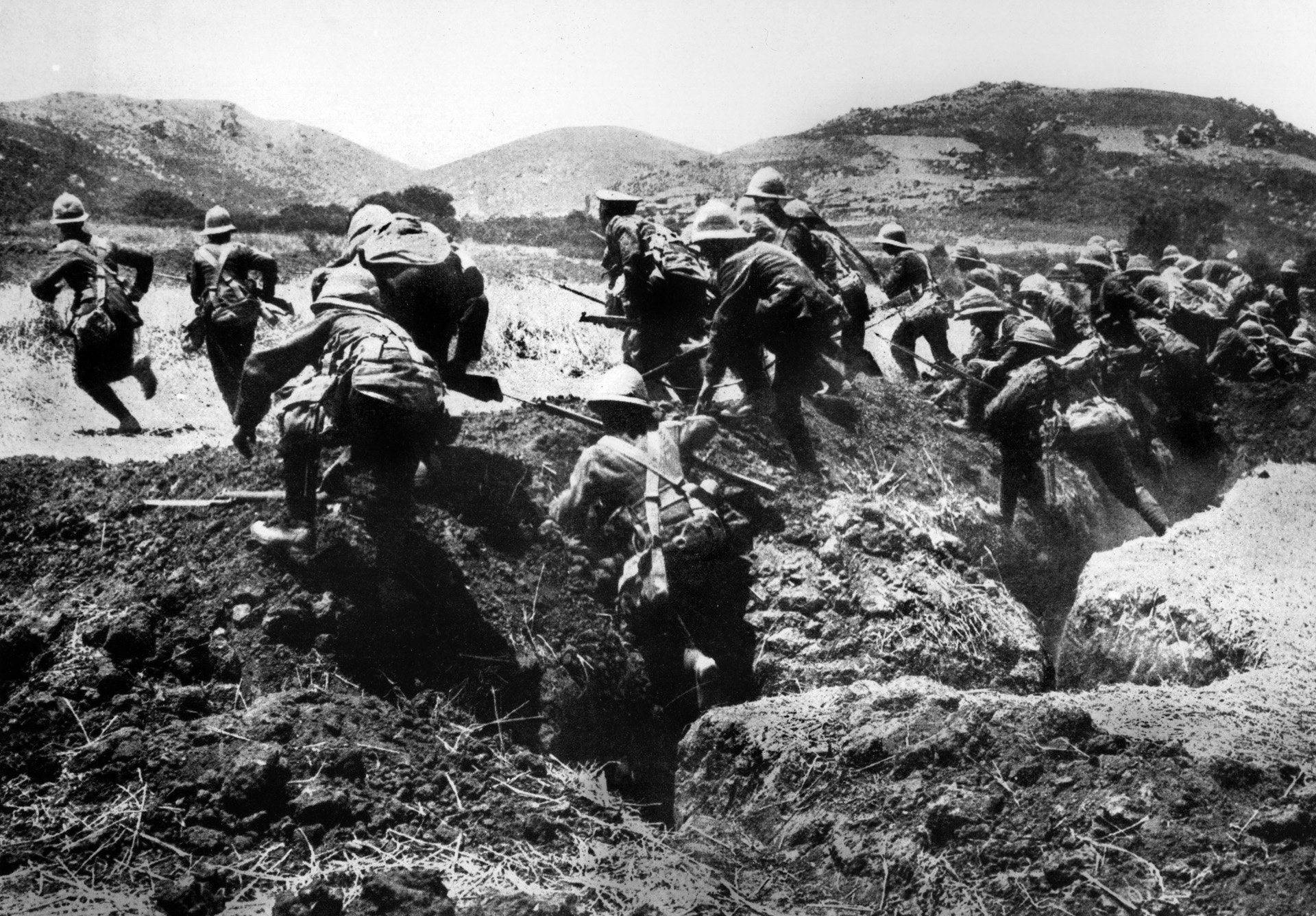
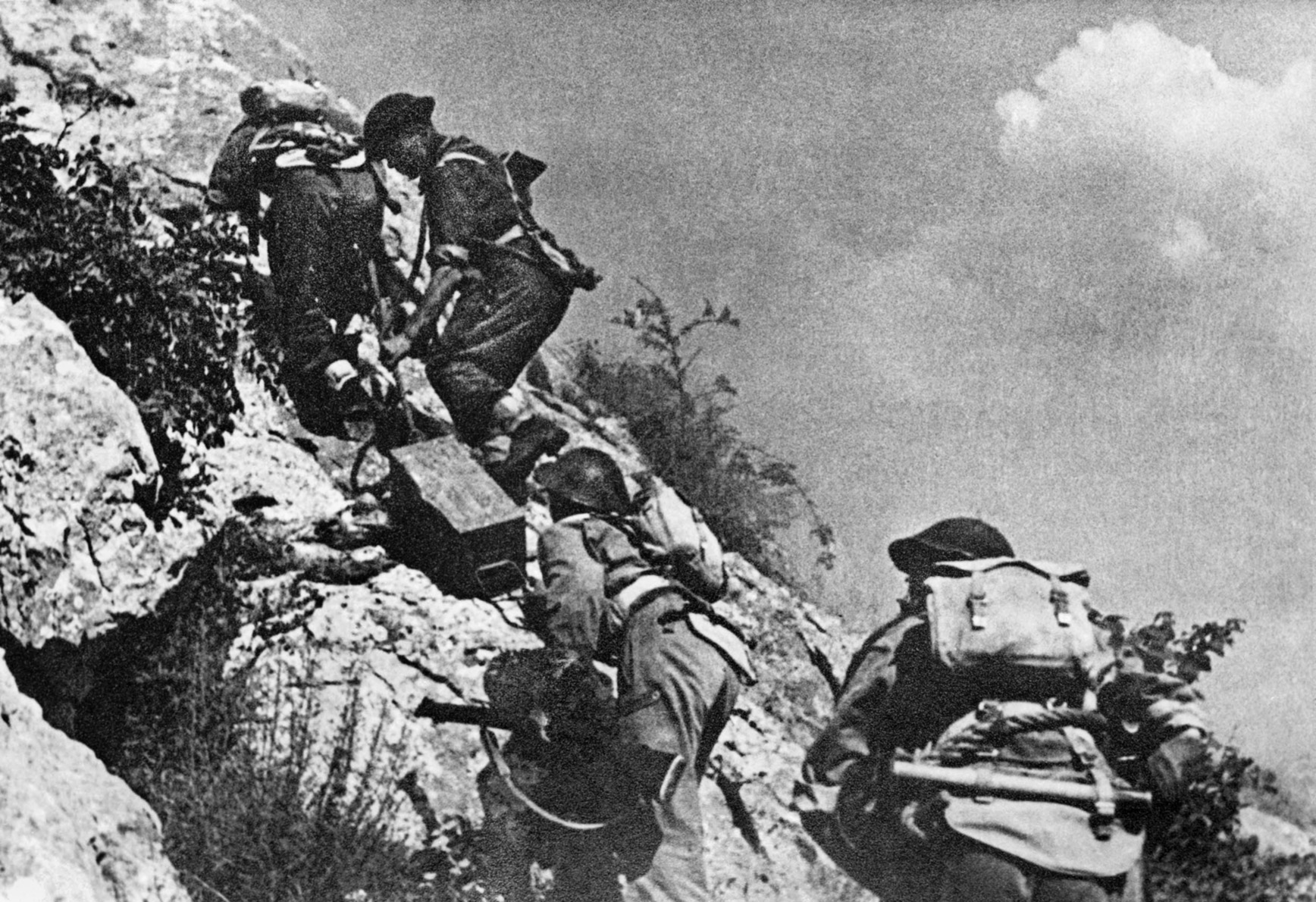

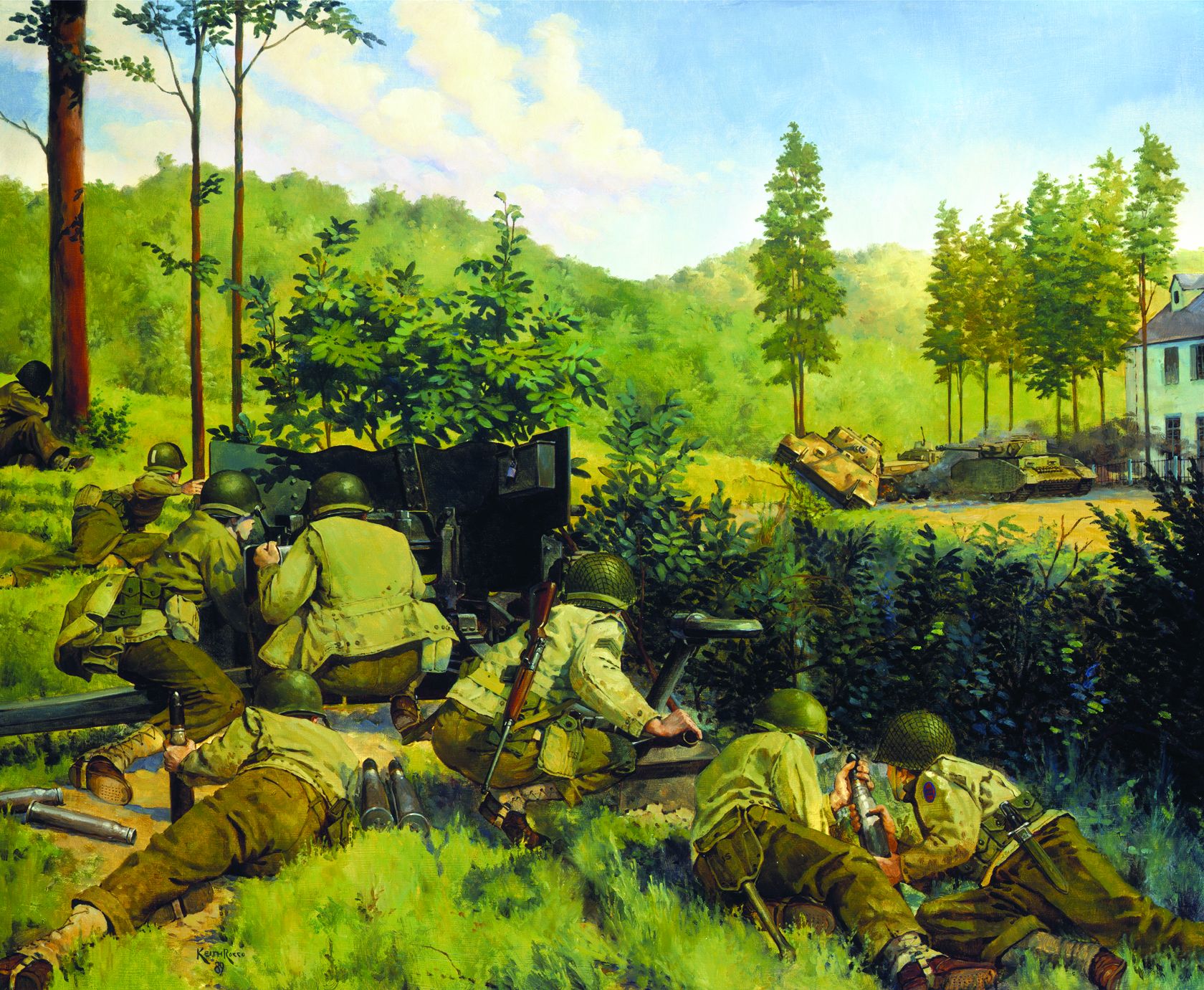
Join The Conversation
Comments
View All Comments